HDPE Geotech Liner for Oil Pit in Myanmar
HDPE geotech liner, also known as HDPE geomembrane liner, is the ideal anti seepage lining material to protect the soil and water from pollution during the natural gas or gas exploration process, it is also widely used to for solid waste containment, mining and water containment applications. Myanmar Petroleum and Natural Gas Company is a government-owned oil exploration company in Myanmar. In 2018, Myanmar Petroleum and Natural Gas Company built a large oil field in southern Myanmar and built hundreds of reserve pits nearby. The reserve pits are used for oil and gas drilling operations. Storage pit. They pulled mud and wastewater from the drilling site to prevent them from polluting the groundwater. They are dug beside drilling rigs and are usually used to contain drilling mud and fluids in natural gas or oil fields. The excellent anti-seepage performance and simple construction method of HDPE geotech liner have become the first choice for anti-seepage of petroleum storage pits.
The Myanmar government contacted us through our Myanmar cooperative customers. According to the customer’s construction site, we recommended the 1.0mm thickness American standard HDPE geotech liner to the customer. Our American standard geomembrane liner is produced through a blown film process, blown film is one of the geomembrane processing technology, which refers to a plastic processing technology in which plastic particles are heated and melted and then blown into a film. The polymer is usually extruded to form a tubular film blank, which passes through under a better melt flow state. The high-pressure air blows the tube film to the required thickness, and becomes a film after cooling and shaping. The quality of the film blowing process is stable, and the vertical and horizontal tension of uniform thickness can meet the technical requirements and long service life.
The American standard geomembrane liner provided by our company adds enough anti-UV and anti-aging additives to customers. It can not only meet the customer’s long-term use under strong outdoor light, but also meet the current storage pit storage standards. The excellent chemical resistance of geotech liner can prevent the oil storage pit from chemical corrosion. HDPE geomembrane liner has the following advantages in anti-seepage engineering in petrochemical industry.
- HEPE geotech liner has a high anti-seepage coefficient. It is produced by high-density polyethylene virgin resin and secondary co-extrusion technology. It has effective molecular density and low liquid permeability. It has an anti-seepage effect that ordinary waterproof materials cannot match.
- The HDPE geotch liner is chemically stable, resistant to high and low temperature, asphalt, oil, tar, acid, alkali, salt and other chemical solutions.
- Anti-aging, strong temperature adaptability, anti-ultraviolet, anti-aging and anti-puncture ability. It can effectively overcome the uneven settlement of the base surface.
- Environmental protection. HDPE geotech liner uses environmentally friendly materials.
- Cost-saving and high-efficiency HDPE geomembrane liner uses a new type of anti-seepage technology and has a long service life.
After actual calculations, the use of HEPE geomembrane to prevent seepage can save about 50% compared with general projects.
Construction suggestions are as followed.
- Do not drag or pull the geomembrane during transportation to avoid injury from sharp objects.
- Extend from the bottom to the high position, don’t pull it too tightly, and leave a margin of 1.50% to prepare for local sinking and stretching. Taking into account the actual situation of the project, the slope shall be laid from top to bottom.
- The longitudinal joints of two adjacent panels should not be on the same horizontal line, and should be staggered with more than 1m.
- The longitudinal joint should be more than 1.50m away from the dam foot and the bend foot, and should be located on a plane.
- Slope first and bottom of the field.
When laying on a slope, the film spreading direction should be basically parallel to the line of maximum slope.
The Layout Process of HDPE Geotech Liner.
- Before laying the geomembrane, the corresponding qualified acceptance certificate of civil engineering shall be obtained.
- Before cutting the geomembrane, the relevant dimensions should be measured accurately, and then cut according to the actual size. Generally, it is not advisable to cut according to the size shown in the figure. It should be numbered piece by piece and recorded in detail on the special form.
- When laying the geomembrane, we should try to minimize the number of welds, and save raw materials as much as possible while ensuring the quality. It is also easy to ensure quality.
- The overlap width of the seam between the film and the geotech liner is generally not less than 10cm, usually the welding seam arrangement direction is parallel to the maximum slope, that is, arranged along the slope direction.
- Generally, in corners and deformed areas, the length of the joint should be as short as possible. Except for special requirements, on slopes with a slope greater than 1:6, within 1.5 meters from the top slope or stress concentration area, there should be no welds as far as possible.
- During the laying of the geomembrane, artificial wrinkles should be avoided. When the temperature is low, it should be stretched and flattened as much as possible.
After the HDPE geocth liner is laid, it is necessary to minimize walking and moving tools on the surface of the membrane. Anything that can cause harm to the impermeable membrane should not be placed on the membrane or carried on the membrane to avoid damage to the membrane.
In the petrochemical industry, oil leakage can cause serious consequences. Harmful substances can seep into the ground, pollute groundwater or rivers and other water resources, and bring harm to people’s daily lives. Therefore, seepage prevention in the petrochemical industry is a very important link.
The drilling reserve pit lining provides an impenetrable barrier between the potentially toxic drilling fluid in the reserve pit and the groundwater and soil below. The pit lining using geosynthetics helps protect the environment around the drilling site from pollution. If there is no high-quality drilling well lining, the waste water from natural gas or oil drilling will seep into the groundwater, surface water and soil around the drilling community, which is detrimental to the environment and the residents living in these locations.
About BPM
As the the professional geomembrane manufacturer and supplier, BPM has been dedicated to supplying one stop geomembranes and services to worldwide customers since its foundation in 2010. Our main innovative, high quality geosynthetics products include geomembranes, geotextiles, geocells, geosynthetic clay liners (GCLs), drainage boards, geogrids, etc. All BPM brand HDPE geomembranes have passed the certificates of the ISO9001, ISO14001, TUV, Soncap, SASO, BV certificates and the test of SGS and Intertek etc. Our geomembrane products have been exported to over 36 countries.
If you have any questions or inquiries, please fill in and submit the form to contact us.

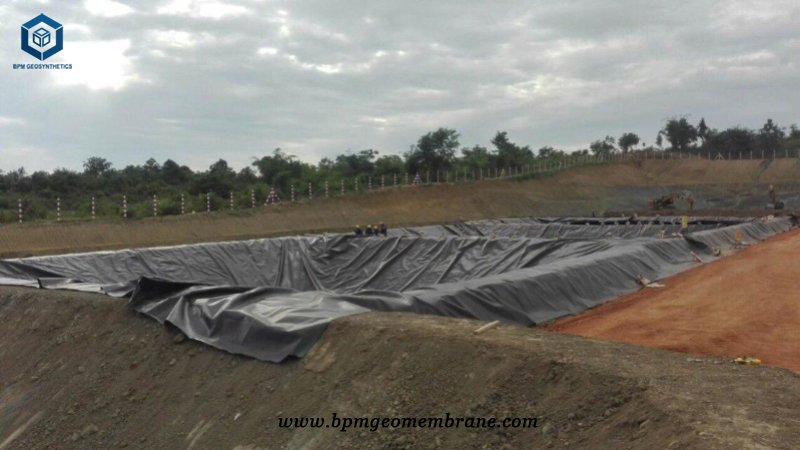
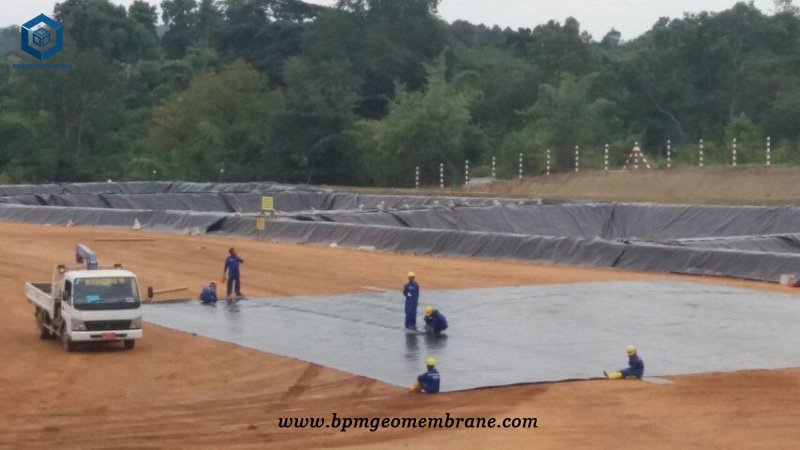
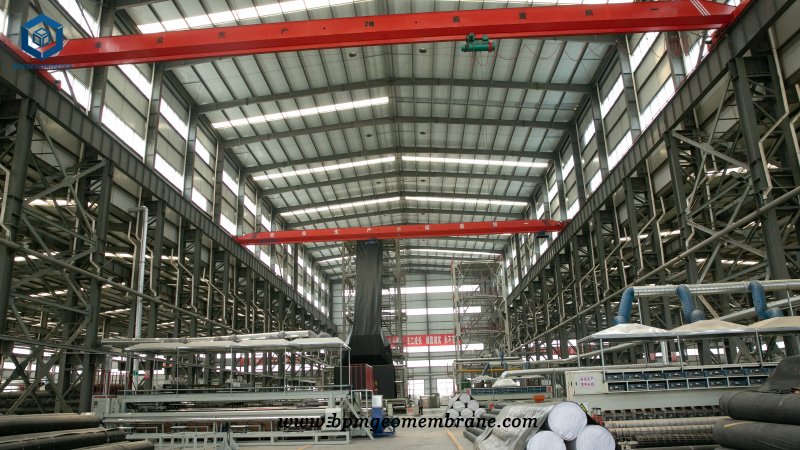
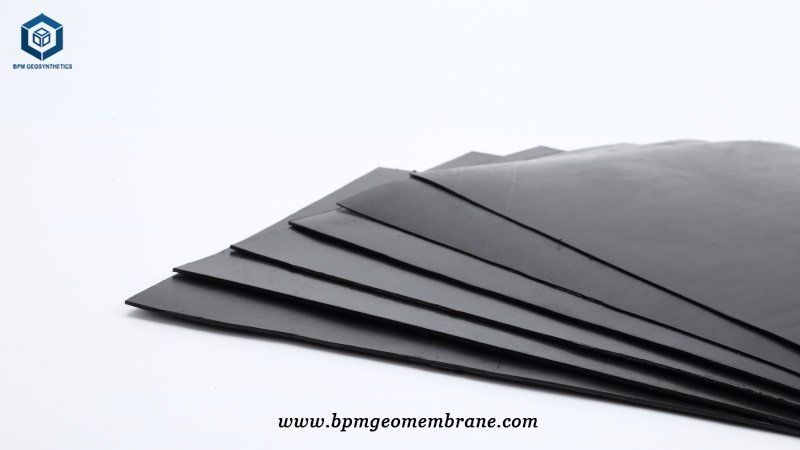
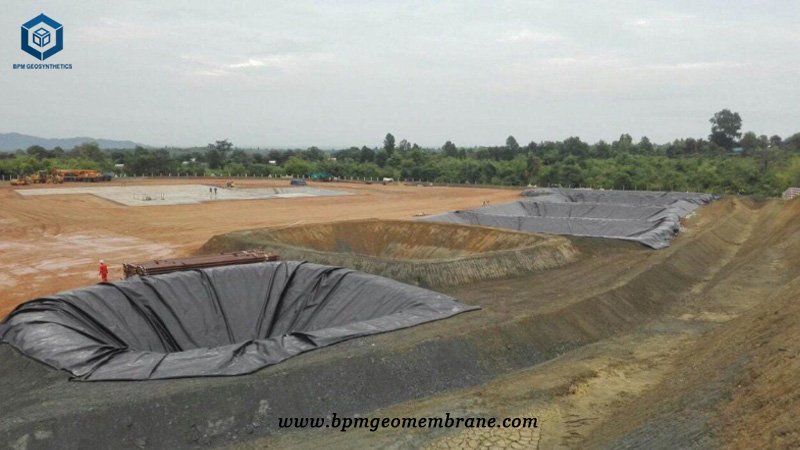
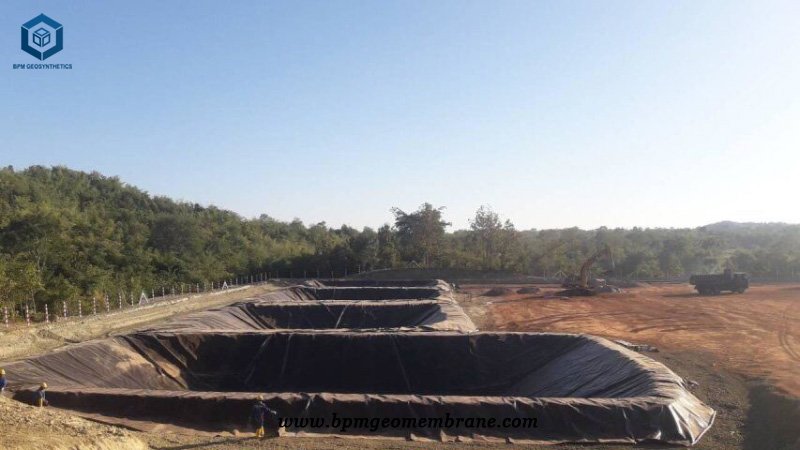


没有评论:
发表评论